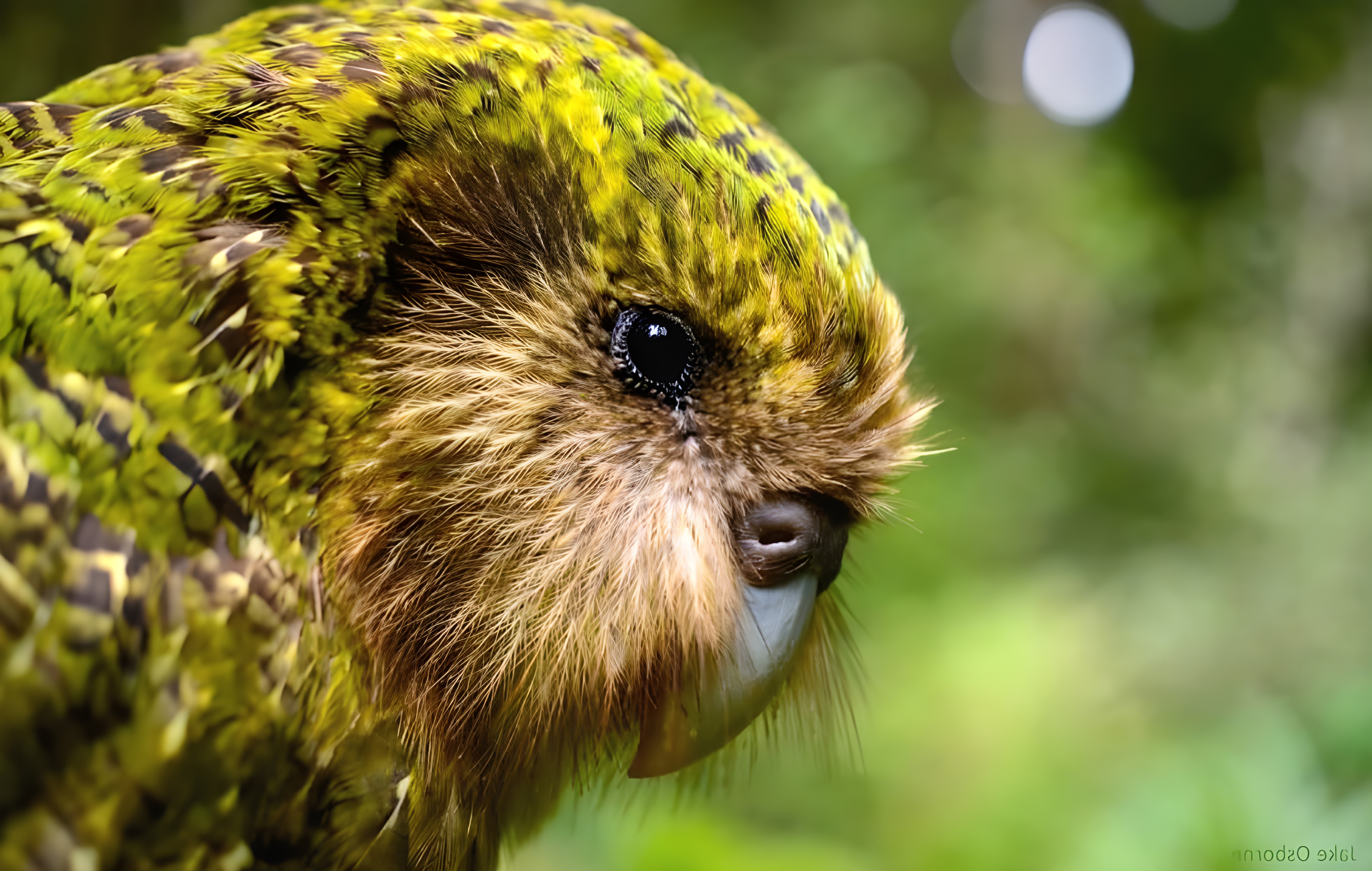New Zealand is racing to protect its critically endangered birds, including the flightless kākāpō, from H5N1 avian influenza before spring migration brings the virus to its shores. With fewer than 250 kākāpō left, even a single outbreak could be catastrophic.
A world-first trial vaccinated up to 10 birds from five species using an H5N3 poultry vaccine. After two doses, four species developed strong antibody responses lasting at least six months, offering hope for safeguarding captive breeding populations and managed wild populations.
Vaccinating wild birds at scale is extremely difficult, making carefully planned captive programmes essential. Other countries, including Australia and the US, are observing the results closely. In 2023–24, the US vaccinated over 200 California condors after an outbreak killed 21 birds.
Scientists caution that vaccines may lose effectiveness as the virus evolves and incomplete coverage could encourage more virulent strains. Nevertheless, vaccinated birds are generally better protected than unvaccinated ones, making this approach a key part of broader conservation strategies.
“If we start too soon, immunity may fade. If too late, we might miss the crucial moment,” says DOC scientist Kate McInnes.


